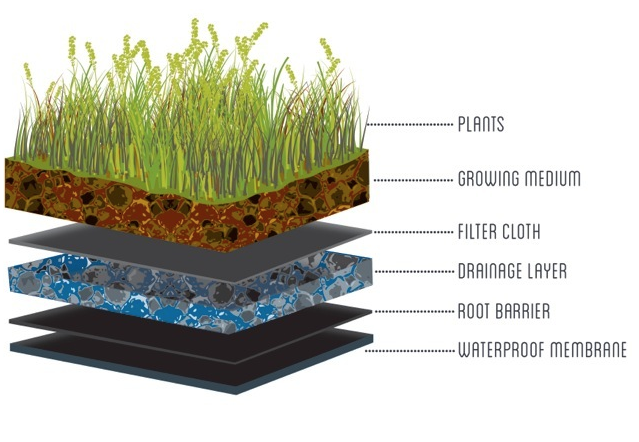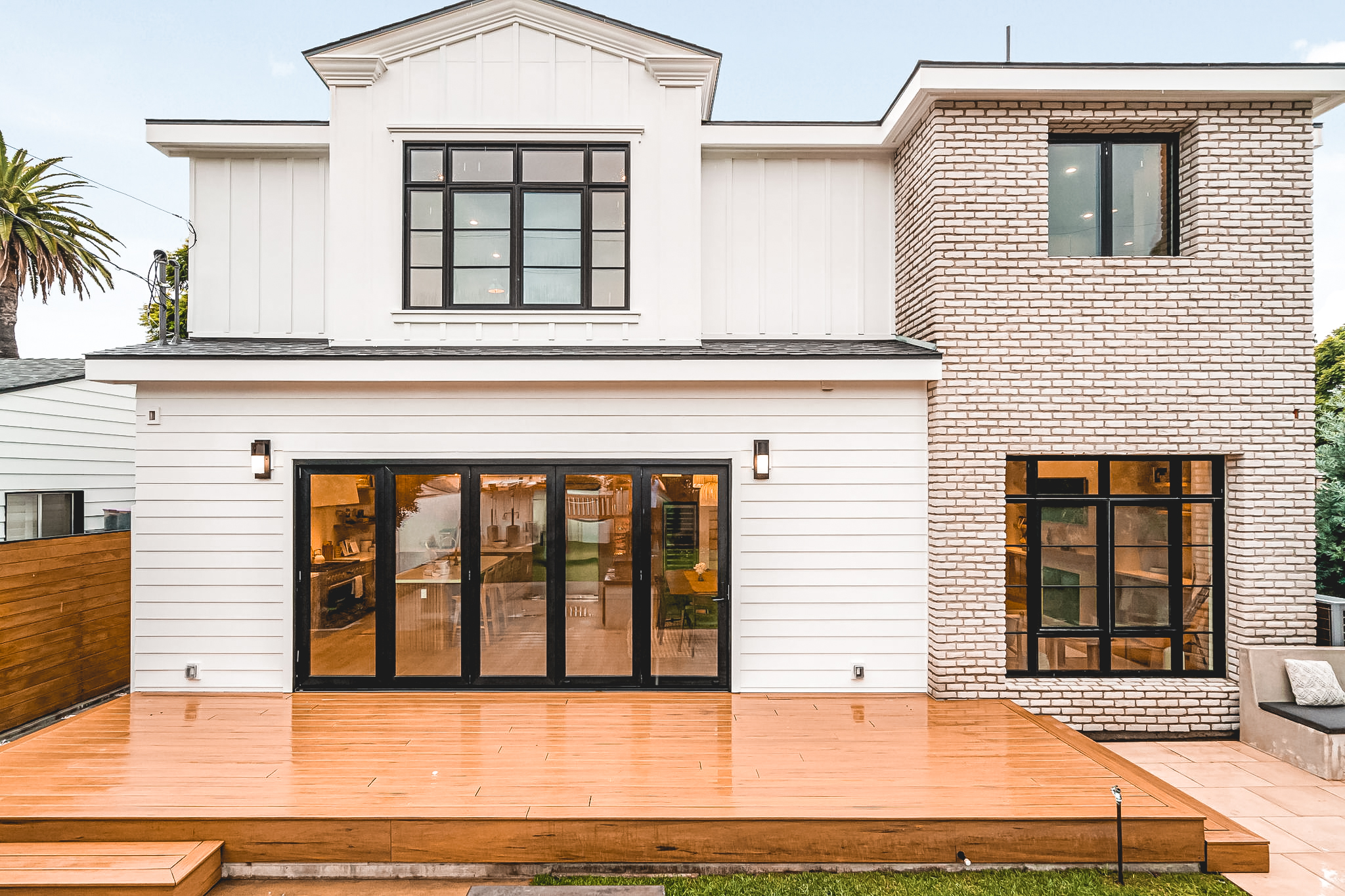In the quest for sustainable urban living, green roof design has emerged as a powerful tool to harmonize nature with the built environment. These living, breathing rooftops are a testament to human ingenuity, blending the principles of landscape architecture with ecological sustainability. In this article, we will explore the fascinating world of green roof design, delving into its key components and design considerations.
A Fusion of Architecture and Nature
At its core, green roof design is a seamless fusion of architecture and nature. It encompasses a delicate balance of aesthetic appeal, structural engineering, and ecological considerations. Unlike traditional roofs, green roofs introduce living vegetation to the built environment, creating spaces that serve both human needs and the environment.
Key Components of Green Roof Design
Waterproofing
Waterproofing system protects the building from water infiltration, ensuring that the structure remains structurally sound and protected from potential leaks.
Root Barrier
Essential for preventing plant roots from damaging the waterproofing membrane, a root barrier ensures that the vegetation remains contained within the designated green roof area.
Drainage System
A well-designed drainage system facilitates proper water management on the green roof, preventing waterlogging and promoting healthy plant growth.
Growing Medium
The growing medium, or substrate, is a lightweight soil mixture that provides a suitable environment for the plants to thrive. It must strike a balance between water retention and drainage, ensuring optimal conditions for vegetation.
Vegetation Selection
Choosing the right mix of plants is crucial in green roof design. Factors like climate, local ecology, and maintenance requirements influence the selection of vegetation that will flourish on the rooftop.
Design Considerations
Load-Bearing Capacity
Green roof designers must assess the load-bearing capacity of the building to determine the type of green roof that can be installed. Extensive systems with shallow soil and lightweight vegetation are suitable for buildings with limited load-bearing capabilities, while intensive systems with deeper soil and larger plants require stronger structural support.
Climate and Location
The climate and location of the building play a significant role in green roof design. Understanding the local weather patterns, temperature variations, and precipitation levels helps in selecting plants that can thrive in the given conditions.
Maintenance Requirements
Different green roof systems have varying maintenance needs. Extensive green roofs are low-maintenance, while intensive green roofs may require more care. Designers must consider the client’s willingness and ability to maintain the green roof over time.
Accessibility and Safety
Green roofs can provide valuable outdoor spaces for building occupants. Therefore, designers need to incorporate safe and accessible pathways or recreational areas for people to enjoy.
As we face the challenges of urbanization and climate change, green roofs offer a profound solution that goes beyond aesthetics. Integrating nature into the built environment through thoughtful green roof design is not just a trend but a transformative step towards a greener and more harmonious future. By embracing the art and science of green roof design, we can create urban spaces that thrive in harmony with the natural world, leaving a lasting positive impact on our planet and the generations to come.
If you liked this article, you might also want to check out 5 Popular Green Roof Designs Around the World.


